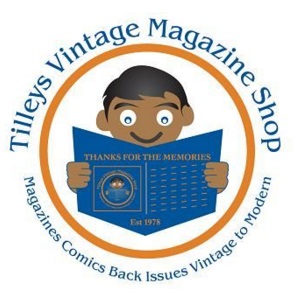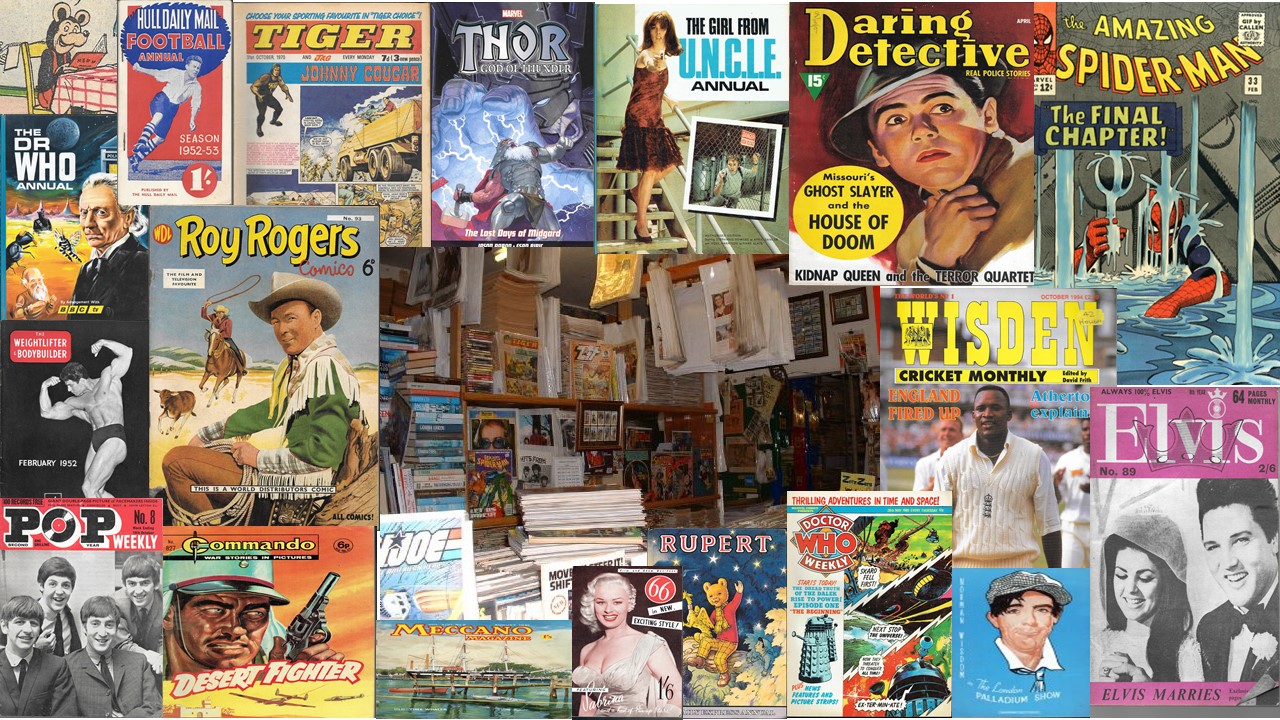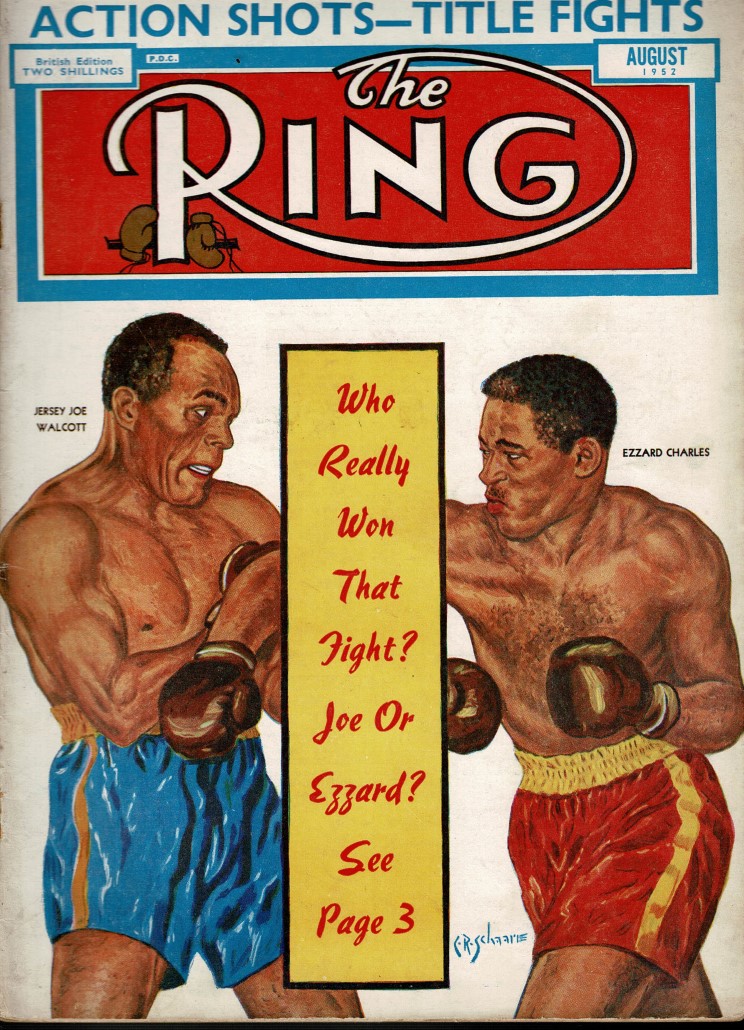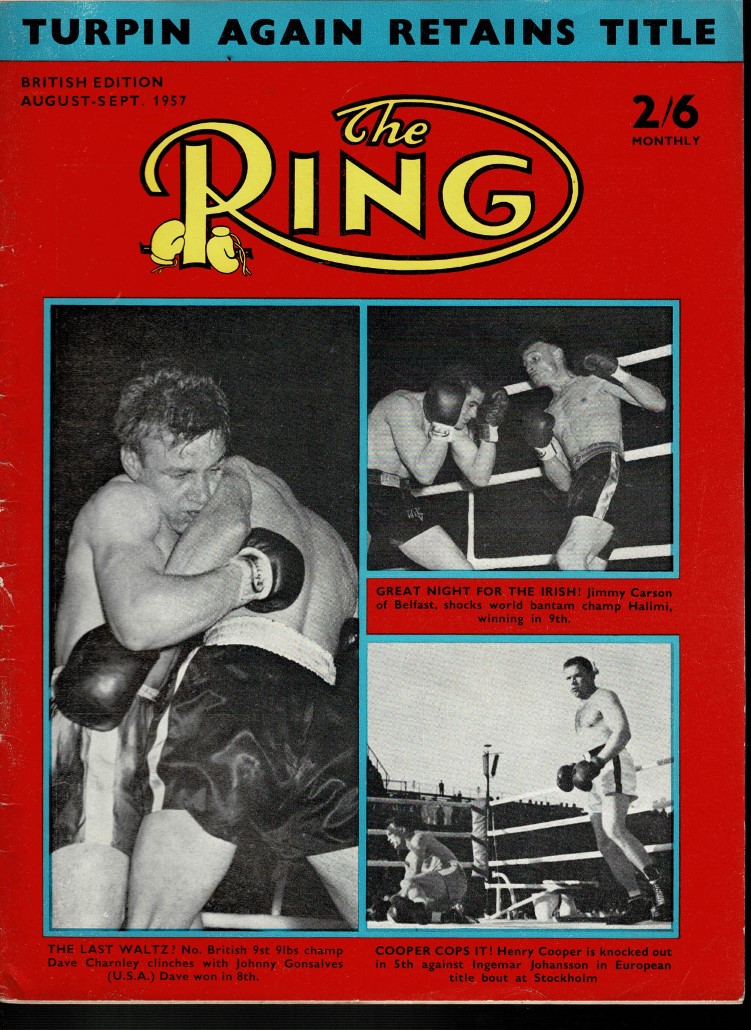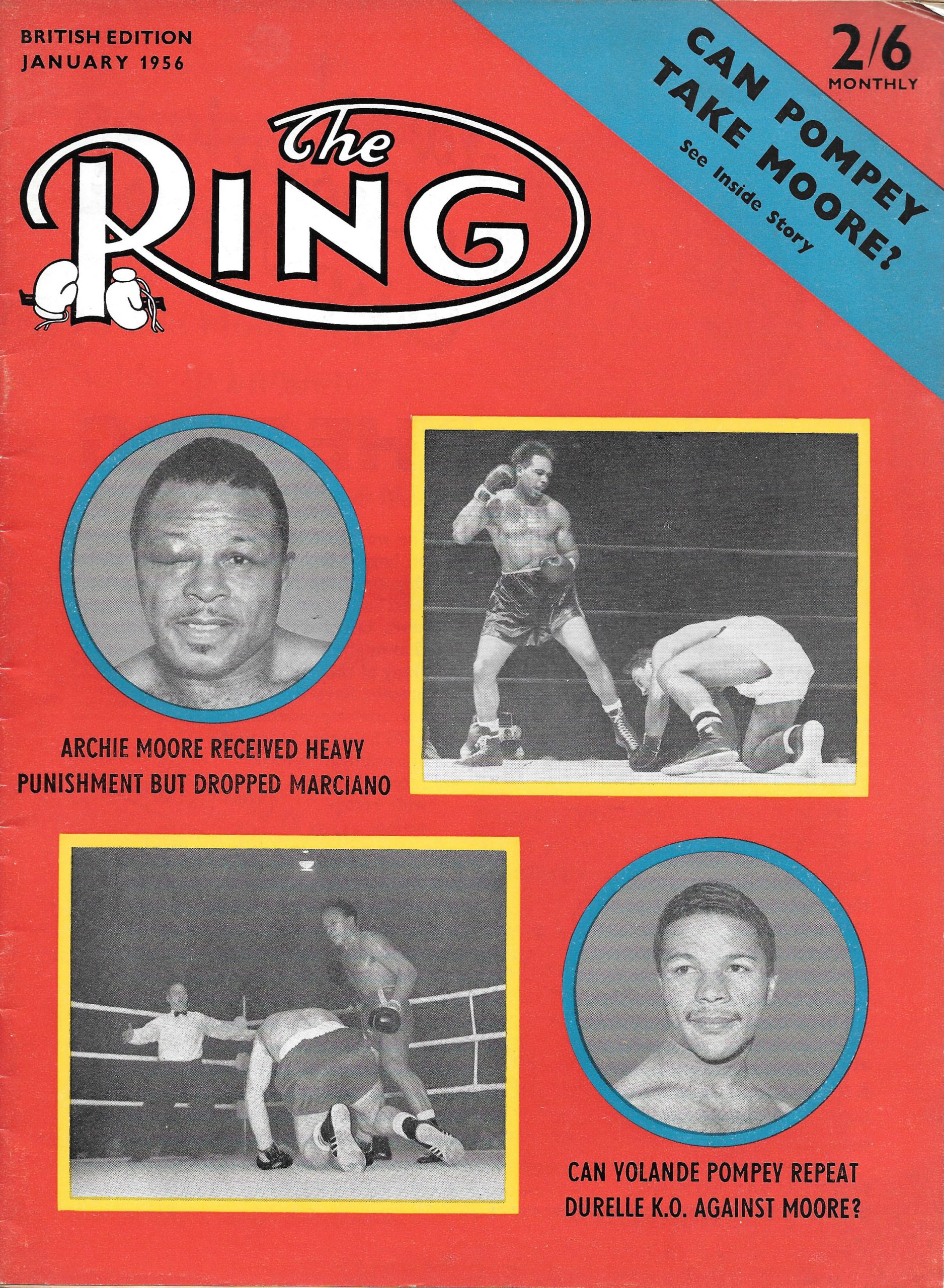Description
THE RING US BOXING MAGAZINE MAY 1956 RON BARTON
US MAGAZINE : UK DISTRIBUTED / BRITISH EDITION
ALEX BUXTON . JACK DEMPSEY . JOHNNY SAXTON .
and much more
A4 SIZE
CONDITION …. All items listed are pre – owned .Condition generally very good/good with
some issues having delivery name to cover / soiling / creasing / cover detached / centre page detached / rusted staples / spine wear
The image you see is for the item you will receive , enlarge the Image for better view
Supplements / Free Gifts ( when applicable ) are NOT included unless stated
THE RING : BOXING MAGAZINE
US MAGAZINE : UK DISTRIBUTED / BRITISH EDITION
ALEX BUXTON . JACK DEMPSEY . JOHNNY SAXTON .
and much more
A4 SIZE
CONDITION …. All items listed are pre – owned .Condition generally very good/good with some issues having delivery name to cover / soiling / creasing / cover detached / centre page detached / rusted staples / spine wear
The image you see is for the item you will receive , enlarge the Image for better view
Supplements / Free Gifts ( when applicable ) are NOT included unless stated
The Ring (often called The Ring magazine or Ring magazine) is an American boxing magazine that was first published in 1922 as a boxing and wrestling magazine. As the sporting legitimacy of professional wrestling came more into question, The Ring shifted to becoming exclusively a boxing-oriented publication. The magazine is currently owned by Oscar De La Hoya‘s Golden Boy Enterprises division of Golden Boy Promotions, which acquired it in 2007.[1] Ring began publishing annual ratings of boxers in 1924.
The Ring, founded and published by future International Boxing Hall of Fame member Nat Fleischer, has perpetrated boxing scandals, helped make unknown fighters famous worldwide and covered boxing’s biggest events of all time. Dan Daniel was a co-founder and prolific contributor to The Ring through most of its history. It refers to itself (and is referred to by others) as “The Bible of Boxing.” During the Fleischer years, the contents page or indicia of every issue carried the claim: “The Ring is a magazine which a man may take home with him. He may leave it on his library table safe in the knowledge that it does not contain one line of matter either in the text or the advertisements which would be offensive. The publisher of The Ring guards this reputation of his magazine jealously. It is entertaining and it is clean.”[2]
In 1972, following Fleischer’s death, his son-in-law and managing editor Nat Loubet took over as publisher.[3] In 1977, Loubet launched three international editions of the magazine. The Spanish version, Ring En Español, was published in Venezuela and distributed to all Spanish-speaking countries and the United States (U.S.) until 1985. There was also a Japanese version published in Tokyo and a French version published in Paris.[citation needed]
In 1976, managing editor of The Ring Johnny Ort, fabricated records of selected boxers, and elevated their rankings, securing them lucrative fights on the American ABC television network, as part of the United States Championship Tournament orchestrated by promoter Don King.[4][5] The deception was uncovered by boxing writer Malcolm “Flash” Gordon and ABC staffer Alex Wallau and the United States Championship tournament was cancelled by ABC.[6][7][8]
In 1979, the magazine was purchased from Loubet by a group led by Dave DeBusschere and Bert Sugar took over as editor. In 1983 Sugar was succeeded by future New York boxing commissioner Randy Gordon. By 1984 the publication was reported to be over $1 million in debt and a number of top salaried employees, including Gordon, were let go. Nigel Collins of the Ring’s defunct sister magazine Boxing Illustrated took over as editor.[9] In 1989 The Ring was purchased by Stanley Weston‘s G.C. London Publishing (later known as Kappa Publishing Group), which also published KO Magazine and a number of wrestling publications. KO senior writer Steve Farhood became The Ring’s editor.[10] Weston was a sentimentalist and 52 years after joining The Ring magazine as a stock boy, Weston purchased the magazine that gave him his first job. He not only resurrected the magazine from its imminent collapse, he re-established the publication as the definitive source for boxing news. An outstanding boxing artist, Weston painted 57 covers for The Ring with his first cover, a painting of Billy Conn, for the December 1939 issue. Weston was also a photographer who, according to his own estimate, shot over 100,000 boxing photos—the majority of which are housed in the archives of The Ring magazine.
Sports and Entertainment Publications, LLC, a subsidiary of Oscar De La Hoya‘s Golden Boy Enterprises, acquired The Ring, KO Magazine, and World Boxing in 2007. The magazine’s rankings are recognized as “official” by some in the U.S. media, particularly ESPN. While some may see a conflict of interest in a boxing promoter being paymaster of what is essentially a magazine/rankings organization that awards world titles and belts, De La Hoya says that is not the case. “These magazines will be held in an editorial trust where they will be operating totally independent of any influence from me or others from the Golden Boy Companies as it relates to editorial direction or content”. Also there is a 35-member ratings advisory panel, which include many of the media that cover boxing, who would prevent Golden Boy Promotions from using the magazine for self gain.[11]
The Ring was headquartered in Blue Bell, Pennsylvania until 2011 when it was relocated to Los Angeles.[12]
The magazine had a sister publication named The Ring Wrestling which came about due to professional wrestling writer Bob Leonard contacting the magazine and expressing that it was too focused on boxing and not giving wrestling enough coverage. Nat Loubet served as the editor of the wrestling magazine as well
From Wikipedia, the free encyclopedia
